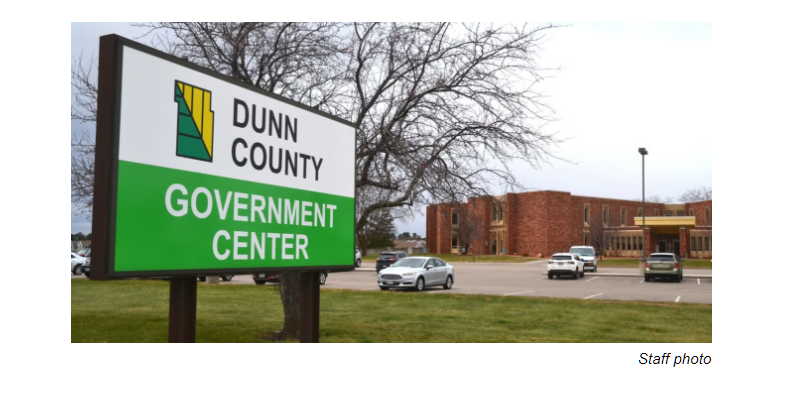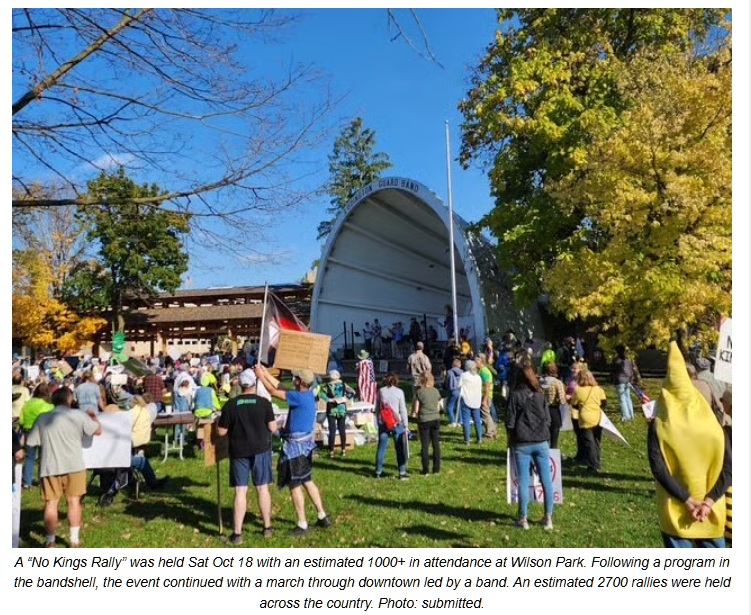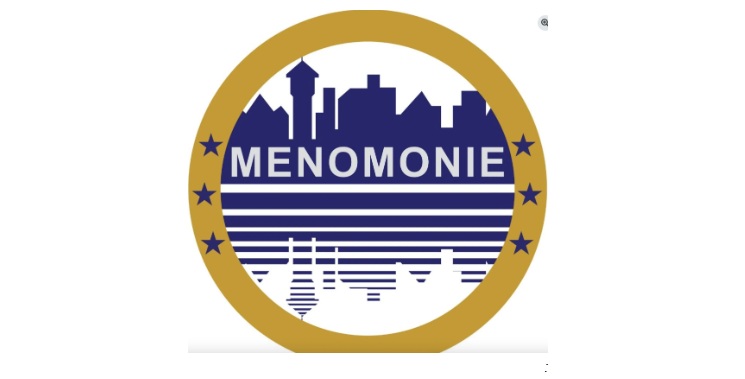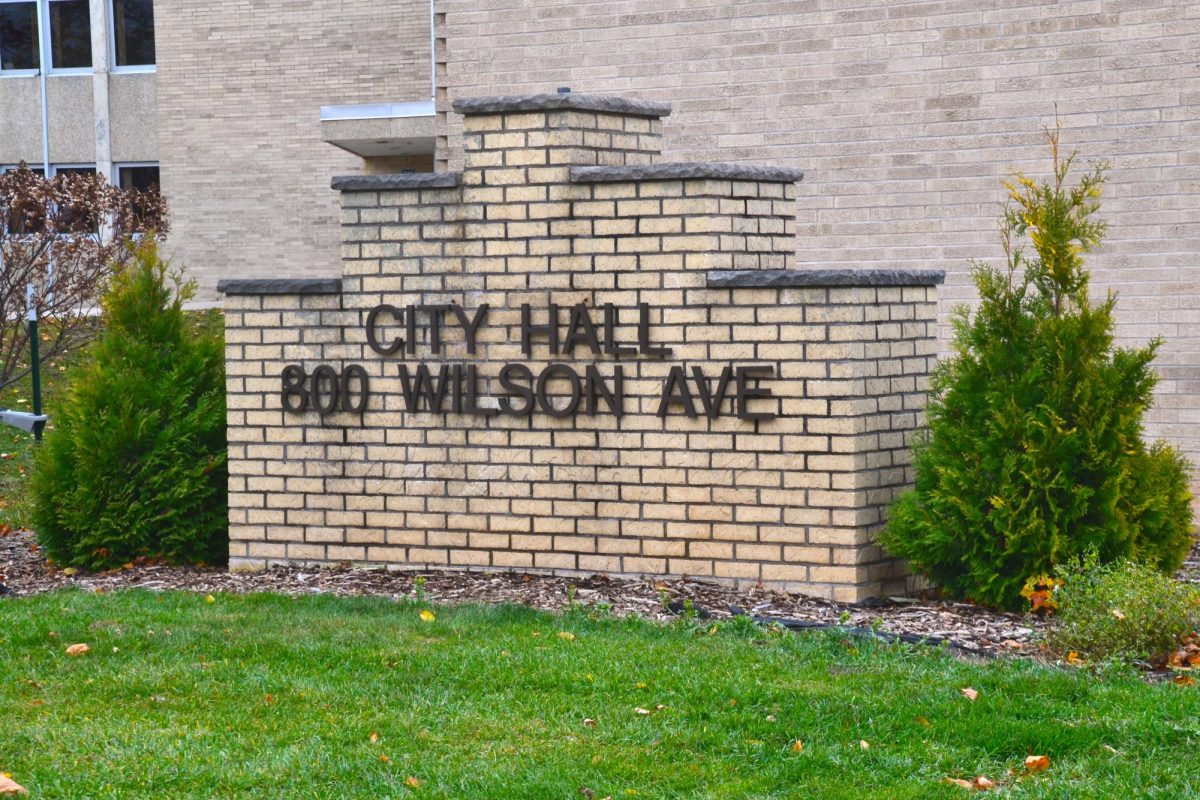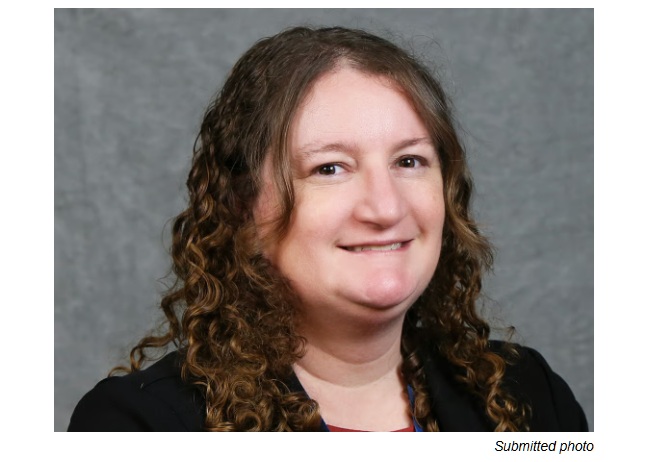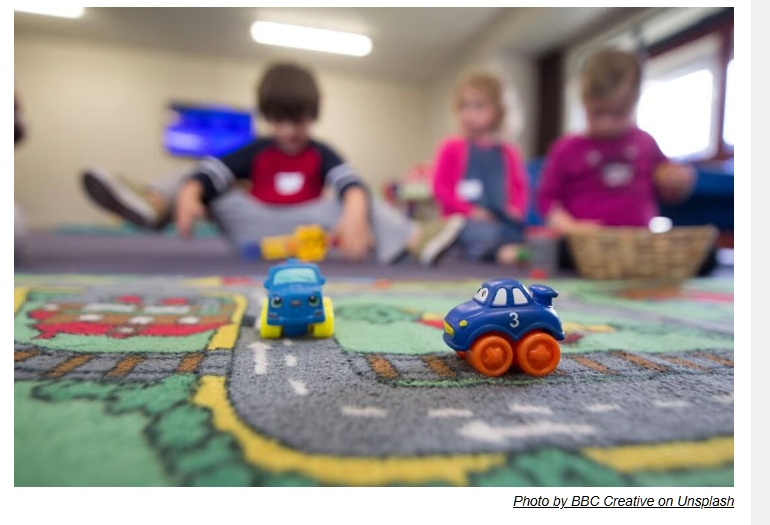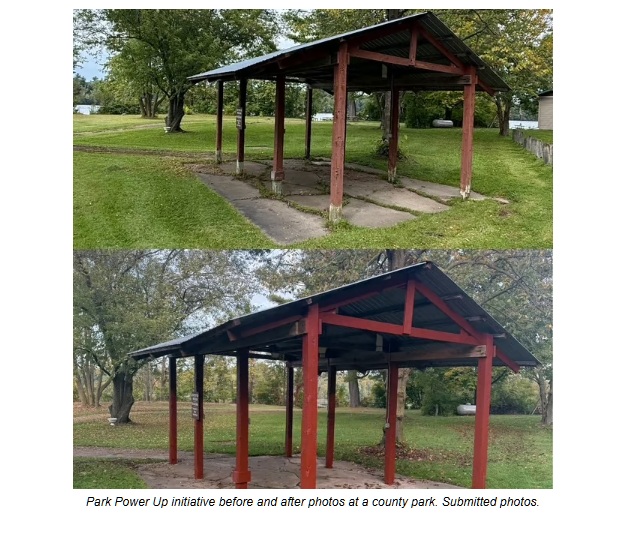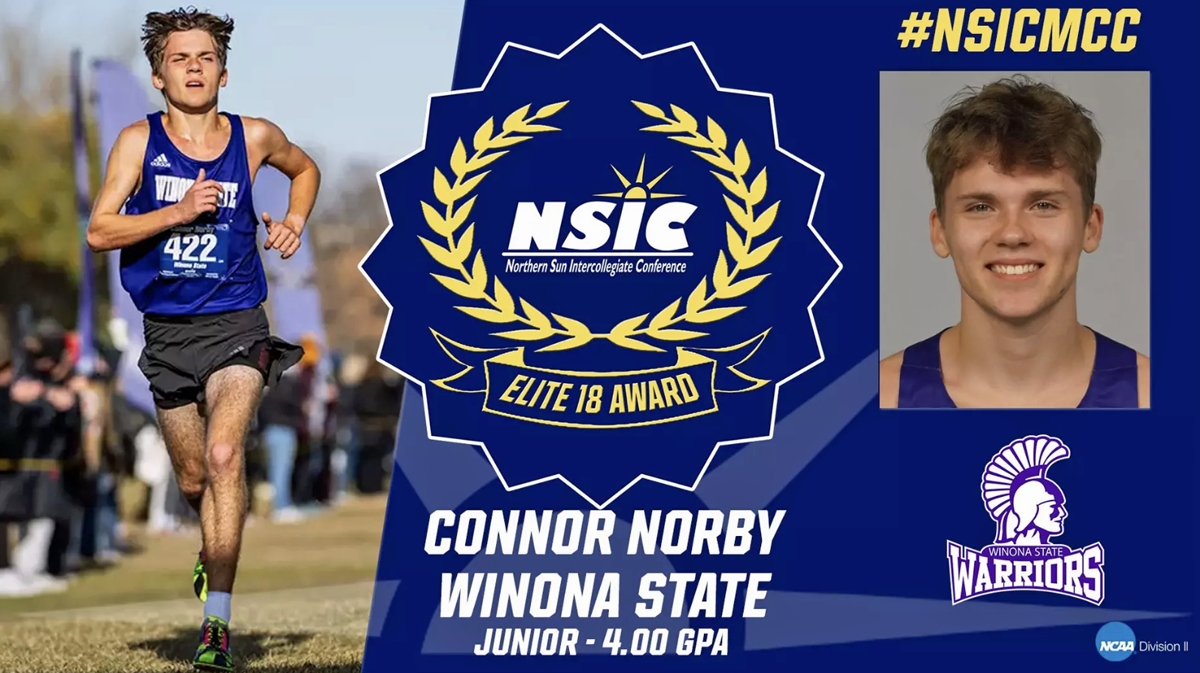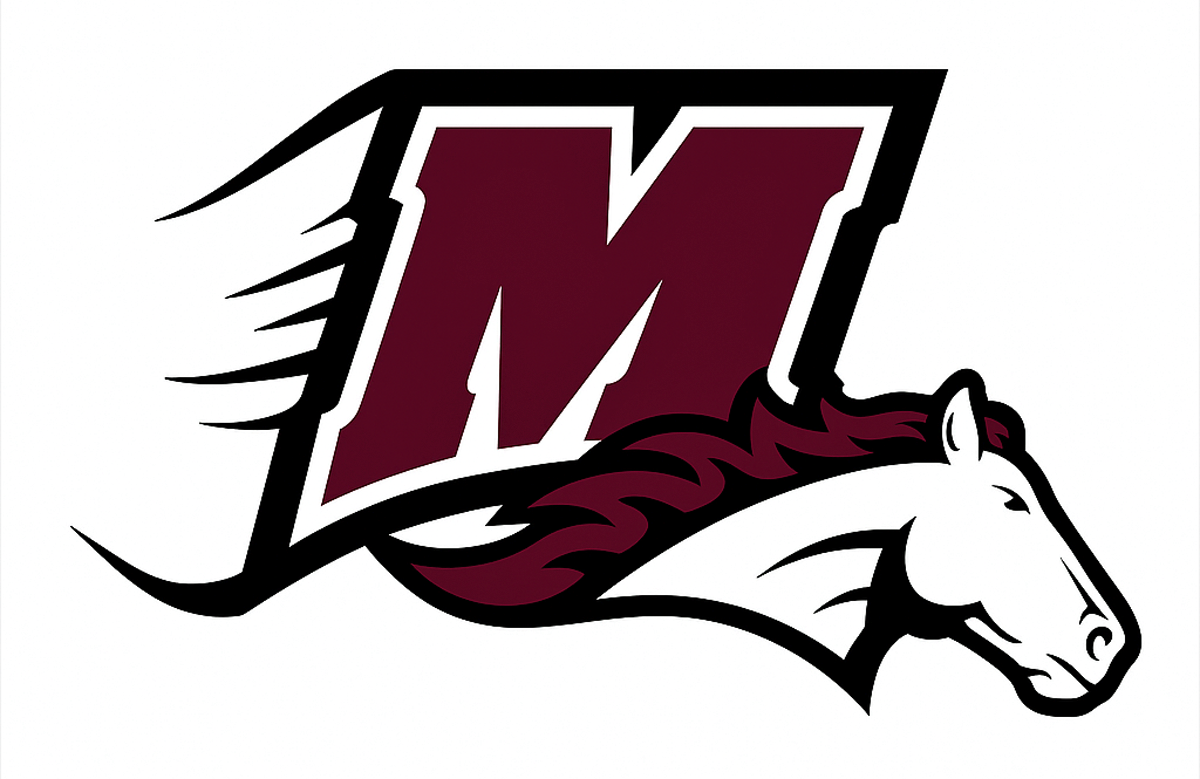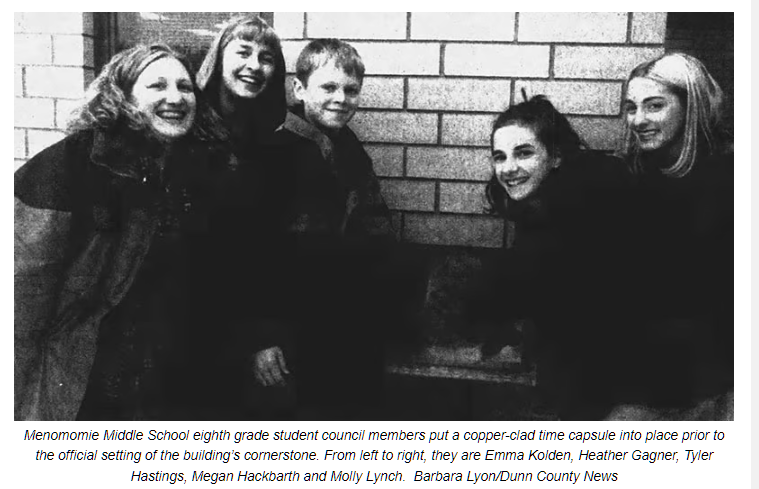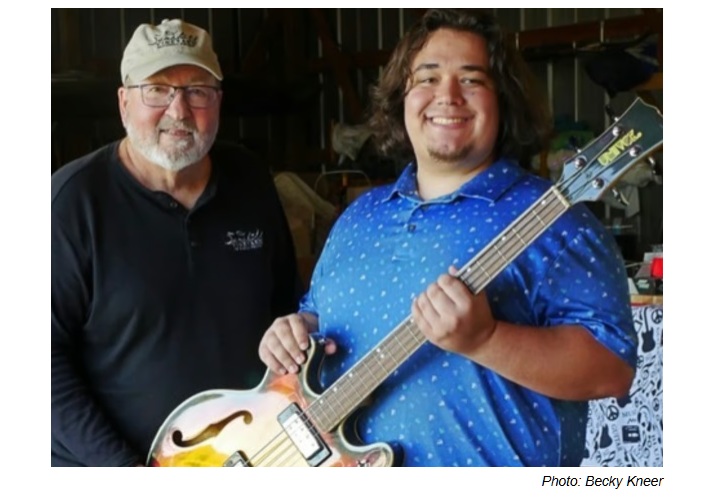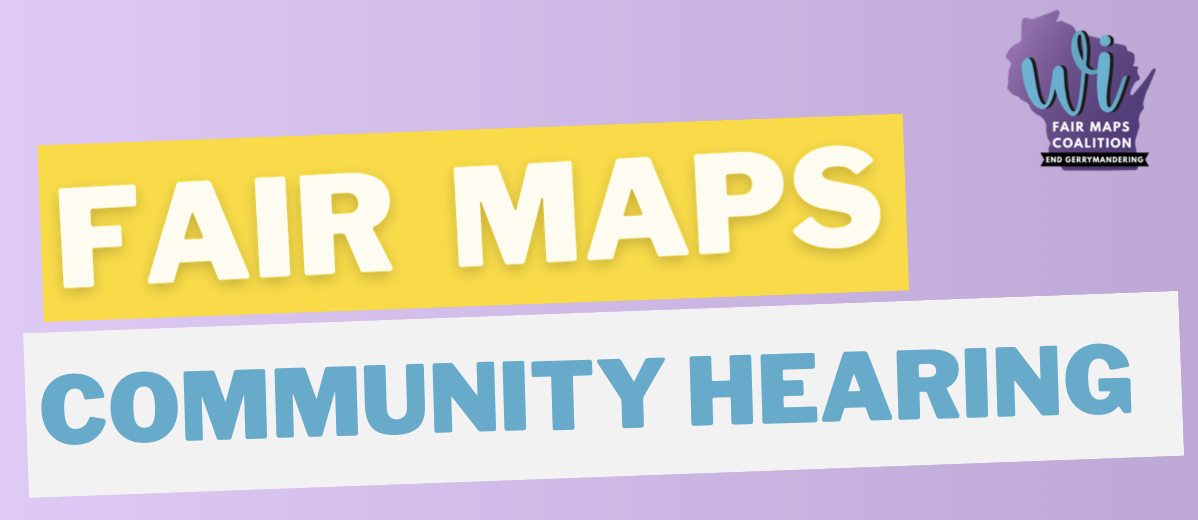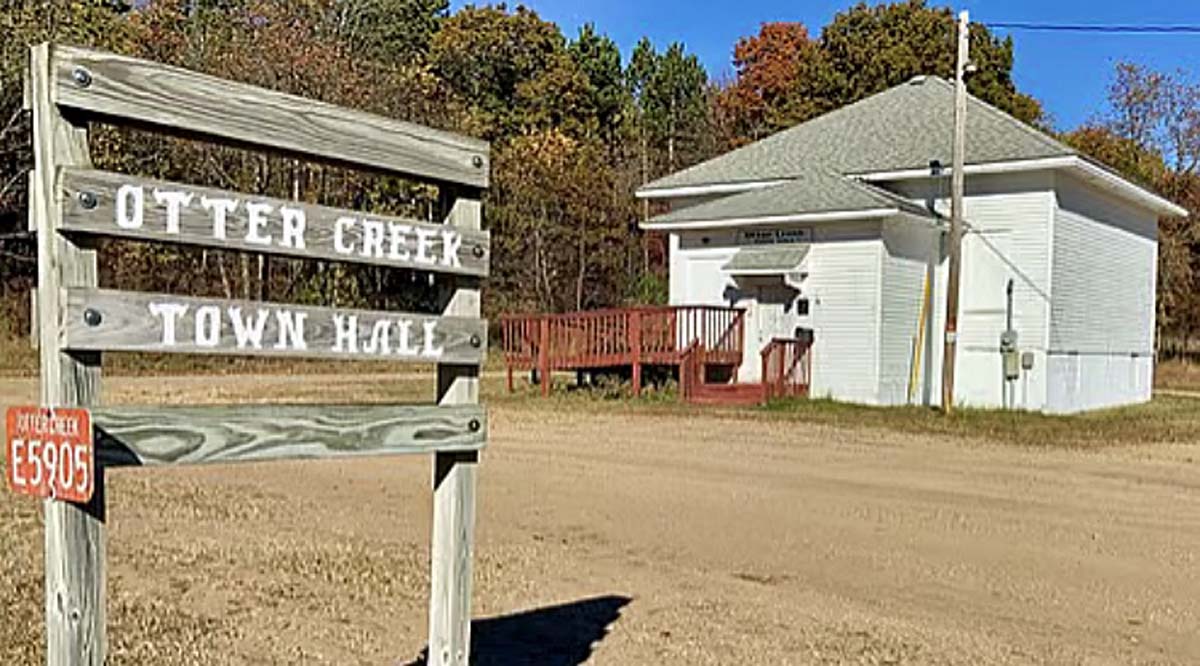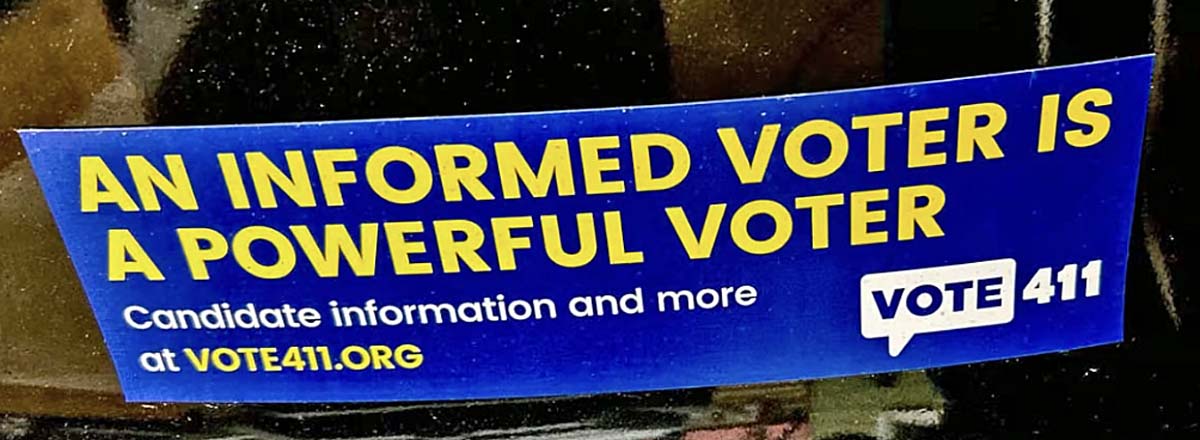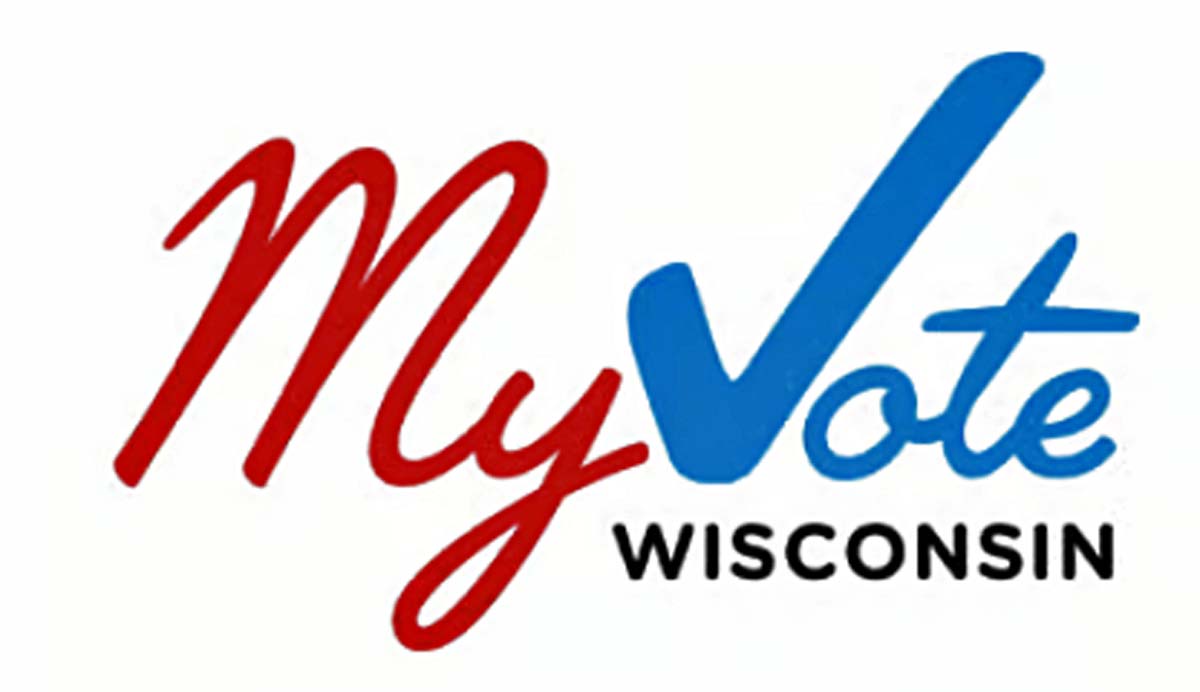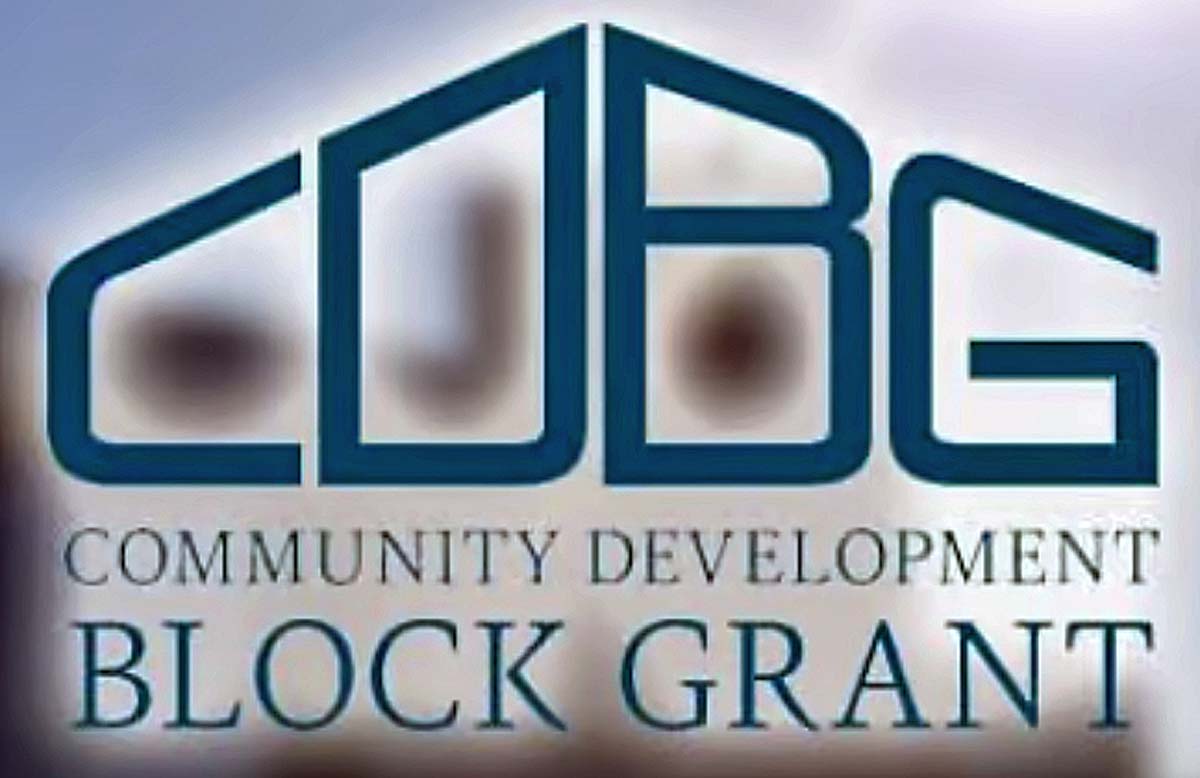The Menomonie Community Development Block Grant program (CBDG) awards 0% interest, deferred payment loans to low-and moderate-income homeowners every year to make needed repairs to their homes. In addition, it provides grants to remove and replace any leaded components in the home (windows, doors, lead dust, etc.)
Renee Swenson, Grant Coordinator at Cedar Corporation, which administers the CDBG program for the City of Menomonie, says that there are three separate programs within CDBG: a homebuyer program, a rental rehabilitation program, and an owner-occupied rehabilitation program. Of the three, it is the owner-occupied rehabilitation program which is by far the most popular and most used, according to Swenson.
The program serves quite a large area, extending into parts of Pierce County, Jackson County, and other far-flung areas. Swenson says she generally works with two to three homeowners at any time and receives about five applications a year from Menomonie residents, or 20 applications area-wide. She says she sends out more applications than she receives back though because, she says, the 24-page application can seem a bit “daunting.” Click here to view the application.
In the end, though, she says that most everyone who applies gets accepted. There could be a delay, however, if there is not enough money in the fund that year. The CDBG program is a revolving loan fund, meaning that the money that goes out, doesn’t come back into the fund until a homeowner pays off their loan.
The owner-occupied program covers only needed repairs, charges 0% interest and is a deferred payment loan until the property is sold or it is no longer the homeowner’s primary residence. These terms are very generous and attractive but, in exchange, homeowners need to commit fully to the loan process and recognize that required inspections may reveal additional work that needs to be done. In particular, if the CDBG inspector discovers lead in the house, it must be removed. The homeowner cannot opt out. Lead removal/replacement is expensive but, on the bright side, the entire cost of removal/replacement is borne by the CDBG lead grant program, not by the homeowner. Thus, the homeowner gets a major home improvement at no cost to them. On the other hand, depending on where the lead is in the house, the removal process can be very disruptive and may require the homeowner move out during the lead removal process. Some homeowners report that the experience was inconvenient but worth it while others simply describe it as a ”nightmare.”
Homeowners should also be aware of how much of their own time and effort they will need to put in, starting with the application process and continuing all the way through until final contractor payments are made.
It was for this reason that Terri, one homeowner who participated in the CDBG program, waited until she was not working to apply for the program. Even then, she said it was a lot more work than she expected, and it took much longer than she expected, partly because it was 2020 and COVID was keeping a lot of people home sick. In addition, Terri says that the CDBG program essentially requires that the homeowner become their “own general contractor,” meaning that it is the homeowner’s responsibility to coordinate the work being done by the contractors and make sure that the work gets done in a timely and professional fashion. How much time and effort a homeowner needs to put in will depend on the size of their project and, for Terri, the project was extensive.
Terri says she applied to the program around May 2020 and was notified of her eligibility three months later. When the inspection was done on her house, a few additional items were added to her project, including various electrical, plumbing and sewer fixes. Once all of the work for her project was approved by CDBG, Terri had the responsibility to collect estimates. CDBG provided her with bid forms, divided into separate sections for electrical work, plumbing work, carpentry, and HVAC. It also furnished her with a list of contractors, instructing her to get at least three estimates for each section of the bid form and to keep track of every contractor contacted, the date contacted, and their response. Terri said she started making calls to contractors in November 2020 and didn’t finish gathering the necessary estimates until the next January. By the end, she had two full pages of single-spaced documentation of every call made to every contractor and their response.
The actual work on her house didn’t start until about one year after she initially applied, and it took about another four to five months for the work to be completed. During that time, Terri said it was her responsibility to ensure the work got done and that it got done the way she wanted. There were a few crossed wires and some work that needed to be redone, and a few contractors that were just slow to come and do their job. One contractor never did finish the job as it was bid. She decided not to pursue it.
Nonetheless, she says it is a great program and recommends it to others. She said she especially appreciated how much assistance the grant coordinators provided and how available they were. However, she said she would not recommend doing the CDBG program during COVID. Would she do it again? She doesn’t hesitate. Yes, but only “for something small.”
Click here for more information about financial eligibility requirements for the CDBG programs.
Joan Pougiales is a Menomonie resident and very appreciative recipient of a lead removal/replacement grant from CDBG.

